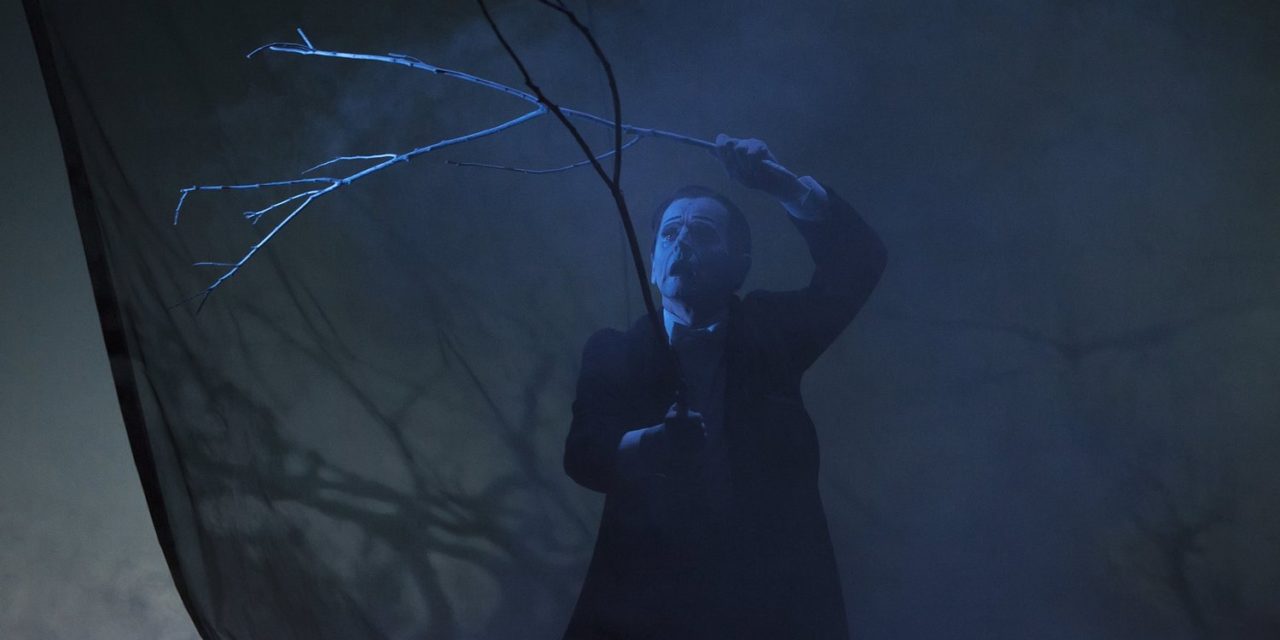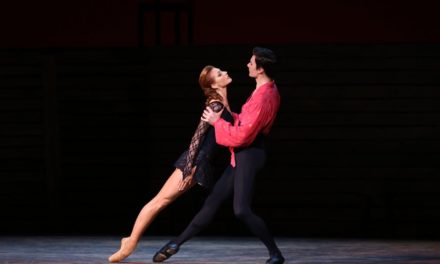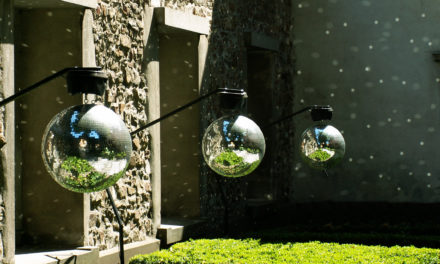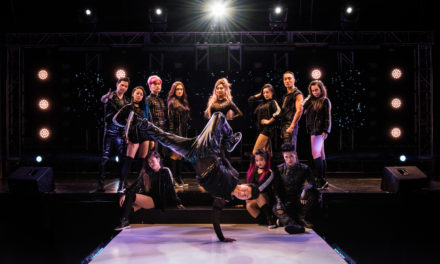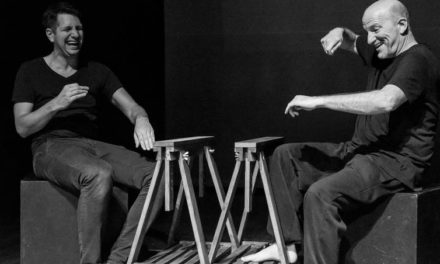Thinking about how to make supertitles more friendly, more accessible to an audience that is anxious to know what is being said in French or Italian or Lithuanian (as was the case with the stunning piece I saw in Avignon this summer, Didvyriu Aikste, directed by Kritian Lupa), but also how they can enhance the experience of the play. I recently saw two shows that used them efficiently and differently with great success.
Romeo Castellucci’s Go Down, Moses at Peak Performances in Montclair, began with a scrim behind which we could see the players walking back and forth and exchanging bits of conversation in Italian, of course. Later a Mother, the main figure in this piece, is being interrogated by a police inspector who speaks very fast as does the Mother. Instead of supertitles overhead or on the sides, they were on the scrim and clearly part of the performance, not a separate entity. The scrim is used throughout the play not only to distance us from the performance but also as a location for the supertitles. Of course, Castellucci’s shows are mostly wordless. They are visceral experiences rather than linguistic, but it is still important to understand what the woman, who painfully delivers a baby in a public toilet, whom she names Moses, is talking about. For example:
“We are close, so close to a new beginning of the world
… How can we say this to the poor?
They are fated to toil.”
It is fantastic to be able to watch her and see the words on the scrim at the same time rather than having our eyes leaving the stage to look upward and our necks aching from an hour or two of trying to keep up with action and words.
The other show was Letter to a Man, Robert Wilson’s piece created for Mikhail Baryshnikov, seen at BAM on Wednesday, Oct 19. Baryshnikov is wonderful as always. His dancing is so elegant; his presence throughout is electrifying. From time to time, fragments of text are heard, either in Russian or in English. “I am not Diaghilev.” Or “I understand war because I fought with my mother-in-law.” These are excerpts from Nijinsky’s diaries written when the great Russian dancer was losing his mind and was put in a mental institution by his wife. The words we hear are voiceovers recorded by Robert Wilson, Baryshnikov and Lucinda Childs. When they are heard, we also see them written as supertitles.
We hear “I am not Christ. I am Nijinsky.” In Russian, then in English and back to Russian, spoken by Baryshnikov in audio fragments, repeated over and over. These phrases add essential layers to the drama of this man whose mind is deteriorating. We may not know Russian but the English translation follows immediately and then comes the Russian again. This is fascinating to me. I’m wondering if the art of creating supertitles couldn’t learn from this. I’m just dreaming but instead of whole sections of a dramatic text in English projected up on a screen, for example, could there be shortened versions with the English on one side and the translated language on the other? The audience for Wilson’s play was filled with Russians the night I saw it. I have a feeling they must have been hearing the English as well as the Russian just as I was and perhaps feeling a melting together of both languages to add an exciting cultural dimension to the experience.
Of course, I realize that both of these pieces are mainly visual and physical, and that the problem remains as to how to successfully create supertitles for language based plays without translating every word.
This post was written by the author in their personal capacity.The opinions expressed in this article are the author’s own and do not reflect the view of The Theatre Times, their staff or collaborators.
This post was written by Philippa Wehle.
The views expressed here belong to the author and do not necessarily reflect our views and opinions.

